During the past decade, visual storytelling established itself as a commanding medium that allows people to use creativity for social and environmental advocacy.
Photographic artists who wish to succeed must step away from the obvious visual content to uncover hidden meanings in their stories.
Incase you’re wondering what is a photo essay and how to create one, you’re in the right place.
This guide will help you understand how to extend your abilities for creating compelling pieces of work.
Let’s dive in!
Definition: What Is a Photo Essay?
A photo essay presents a group of curated images to explore various themes while a photo story organizes images precisely to create stories about particular events or themes.
The visual approach of photo essays usually leaves the audience with strong emotions and generates meaningful connections.
Through this collection of images, you can express particular subjects and maintain a continuous flow of information to your viewers.


Never Worry About AI Detecting Your Texts Again. Undetectable AI Can Help You:
- Make your AI assisted writing appear human-like.
- Bypass all major AI detection tools with just one click.
- Use AI safely and confidently in school and work.
This type of visual storytelling reveals the complete narrative and breaks open your creative development and source of information to the viewer.
It serves as an opportunity to better your skills and explore your creative process.
Photographers used photo essays as an innovative reporting method for German illustrated publications during the late 1920s.
Now, however, they offer a platform for storytellers to speak to their audience and influence their opinions.
You might be a professional photographer and still be wondering what is a photo essay?
This is because a photo essay is unlike any other style of photography.
It involves visual storytelling in a series of photographs with various forms relating to a central theme.
Purpose Of a Photo Essay
What is the purpose of a photo essay?
Most photojournalists and visual storytellers create photo essays because they aim to achieve particular goals based on their objectives.
However, a photo essay serves two primary purposes which include creating storytelling moments that simultaneously communicate personal viewpoints.
As a visual storyteller, you need to ensure that each photograph finds the viewer’s attention so it can effectively translate its intended message.
Researching for your purpose remains essential when you start your photo essay project.
Let’s say you want to study the problem of homelessness facing low-income earners.
You require additional research about this subject to establish your genuine point of view.
You need to grasp both the main goal of your work and the points you wish to convey.
Is the purpose of your work to create awareness about this situation or identity factors behind homelessness through your work.
You may also try to identify essential elements leading to homelessness through your work.
The extensive research lets you establish a well-defined goal that will guide your photo essay project smoothly.
Key Elements of a Photo Essay
Every successful photo essay consists of more than typical image compositions since it functions to communicate purposefully while evoking emotional responses from viewers.
The following elements provide the necessary factors for producing effective photo essays.
- Theme: The theme is the central topic behind the entire narrative. It acts as the essay’s core; without a theme, it will be hard to form a clear direction for the photo essay. When you have a theme, it will be easier to decide what to photograph, the image sequence, and the lasting messages. Without a strong theme, your photo essay will not have any substance and may feel disjointed.
- Storytelling: One of the primary characteristics of a photo essay is that it is used to convey a particular narrative. The photo sequence will usually be structured into three parts: beginning, intro and end. Some artists caption their photographs to add more layers and depth to your story. You need to look at it in terms of the progression and encourage contrasting perspectives.
- Audience: When creating your photo essay, you must consider your audience when considering tone, style and message. This plays a huge role in determining the visual that will evoke the right emotion from your viewers.
- Style: This is the artist’s unique expression and creative style. It encourages viewers to engage with the theme and adds to the storytelling. For instance, many photographers use black and white imagery, colour grading and perspectives when covering historical stories or stories involving youth and nostalgia.
- Caption: The caption helps to add more context to the images. You can include descriptions and notes to clarify your thoughts and explain definitions. It adds meaning to the overall storytelling.
Types of Photo Essays
The following are the main types of photo essays.
Narrative Photo Essay
A narrative photo essay is very popular in visual storytelling, and it involves using images and symbols with minimal text to tell a story.
Using photographs to present your story enables viewers to understand the narrative or events on a more profound level.
You have the power to fully retell events through picture elements and build narrative content by showing the precise moment events occurred.
Presenting your story through photographs communicates a deeper understanding of the narrative or events.
Unlike written texts and symbols, you can completely recount events and expand on the narrative by showing the precise moment events occurred.
Photos present an effective method for viewers to feel genuine emotions when experiencing your story.
This photo essay accurately captures real-life moments and offers an intimate insight so viewers can connect with these experiences.
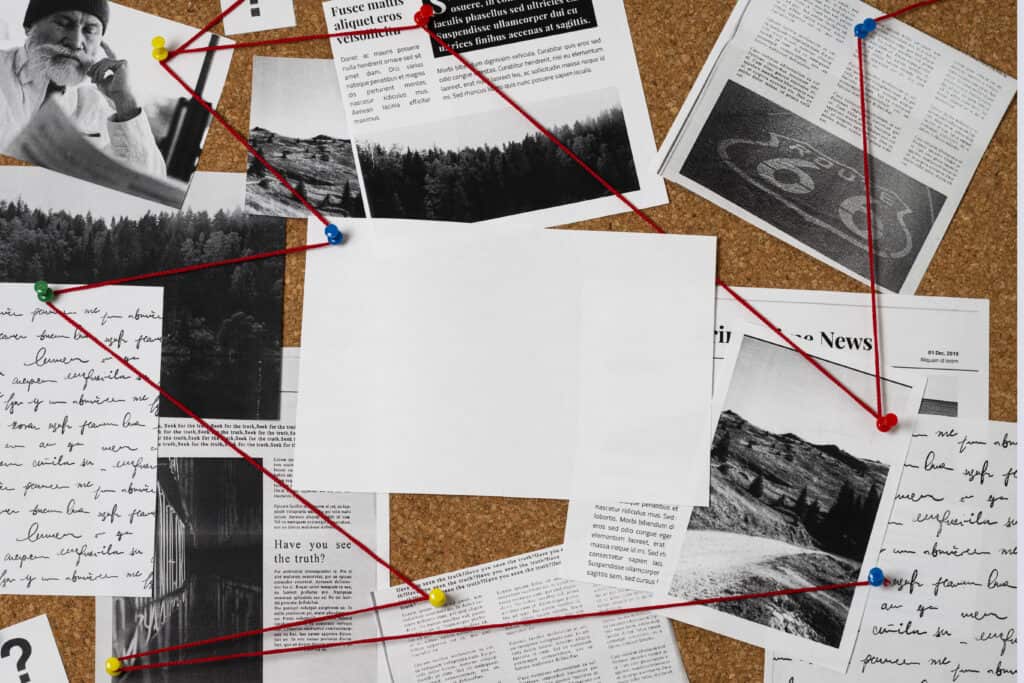
Thematic Photo Essay
Thematic photo essays focus more on a central idea or theme than a specific story or recounting events.
The photos are all connected to an idea or concept, and their arrangement doesn’t have to be chronological.
Most people use photo essays to explore broad themes and comment on social issues and abstract concepts.
It is a great way to spark conversation and is usually subject to artistic interpretation.
Artists typically use this essay to harness their creative freedom and share their perspectives on social issues.
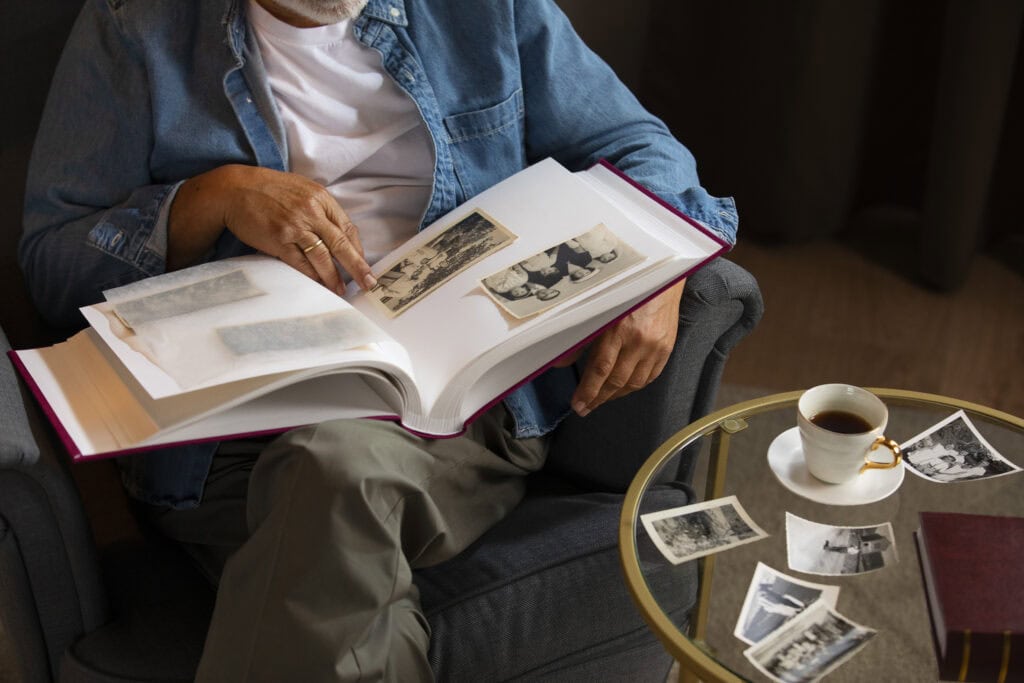
Portrait Photo Essay
A portrait photo essay for visual storytelling excels in projects that relate to people, their personalities and the experiences that shape their worldview.
Through captivating visuals and portraits, these essays address themes like culture, art, identity, and other elements.
Every image in a photo essay is intended to reveal a deeper connection with the muse.
Regardless of whatever form the portraits take, the entire goal of the photo essay is to reflect on a deeper subject matter.

Social Documentary
This type of photo essay brings attention to socio-political and cultural matters.
The intent is to inform, influence and provoke thought shifts related to the relevant subject matter.
In a social documentary photo essay, the goal is to submerge viewers into its narrative to develop ongoing interest in the topic.
This photo essay format frequently appears within NGO and advocacy movement organizations when they strive to raise awareness about specific topics.
The storytelling narrative prioritizes truth and reality over fantasies or flamboyant theories.
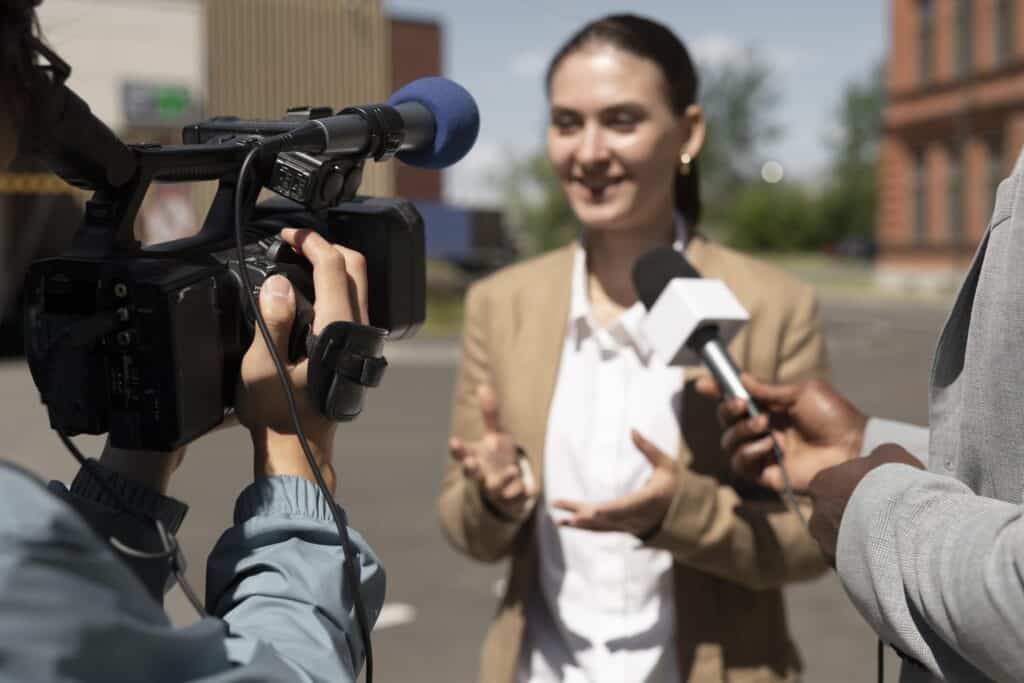
Travel Photo Essay
A travel photo essay is often used to explore a particular destination. It takes the viewer on a visual journey of the location, featuring scenic landscapes, people, food and culture.
It is not just about taking lovely shots but telling a complete story about the area.
In this type of storytelling, the photo essay highlights the culture shocks and hidden gems within the location.
It blends storytelling with scrutiny to encourage viewers to observe the travel destination through the lens of the photographer.

How to Create a Photo Essay (Step-by-Step)
Visual storytelling is a powerful tool for engaging a broader audience range and passing information.
Through your photo essay, you can let your work stand out and share your perspective with your viewers.
In resolving the question “What is a photo essay and how do I make one?”, follow these step-by-step tips on creating a photo essay.
Step One: Build Your Story
To begin your project, you need to select a narrative concept or theme. At this point, you have to visualize the narrative and information that you intend to convey to your audience.
You can select any subject that captures your interest and then validate it has sufficient substance to develop into a photo essay with diverse images.
In addition, you need to research and learn about the subject matter.
By researching and planning your shots, you can capture meaningful images that align with your story.
Step Two: Take Your Shots
Once you’ve decided on the story or theme, the next step is to start taking photos.
You need to think about how best to capture the story and allow yourself to experiment with different camera styles and compositions.
Additionally, you can stretch yourself and go outside your comfort zone by taking unique and purposeful shots.
During this stage, you need to choose a consistent tone and style because they form the foundation of your imagery and storytelling.
Step Three: Edit And Organize Your Photos
You have to review all taken pictures before choosing which images will be used within your essay.
You need to pick images that serve your narrative most efficiently and deliver.
Step Four: Add Captions To Photos
After curating your photographs, you can add more context by providing captions. Captions can be used to identify terms or add more subtext to an image.
The artist’s note accompanies the photos and can help interpret the story’s themes.
However, you may need some help drafting short but engaging captions for your images. In that case, you can use our Undetectable AI essay writer.
It allows you to create compelling text to make your visual storytelling even more impactful.
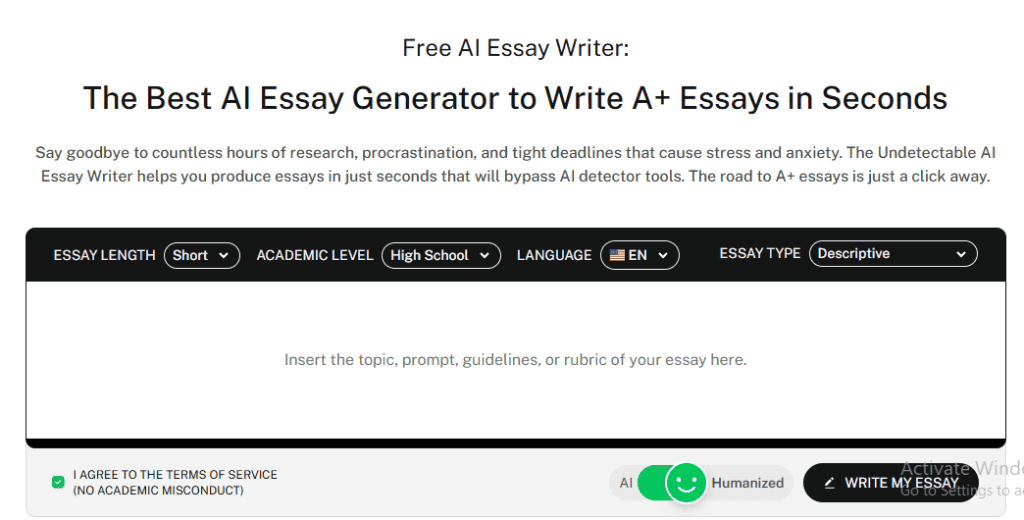
Great Examples of Photo Essays
Perhaps you still ask, “What is a photo essay example?” By observing some of the most immersive photo essays ever created, you may find some inspiration for your next project.
Below are great examples of photo essays:
- “Vermont, Dressed In Snow” by Caleb Kenna: This essay showcases “snow” as the central theme in the story. He uses an aerial shot and unique composition to maintain consistency and hold the viewer’s attention.
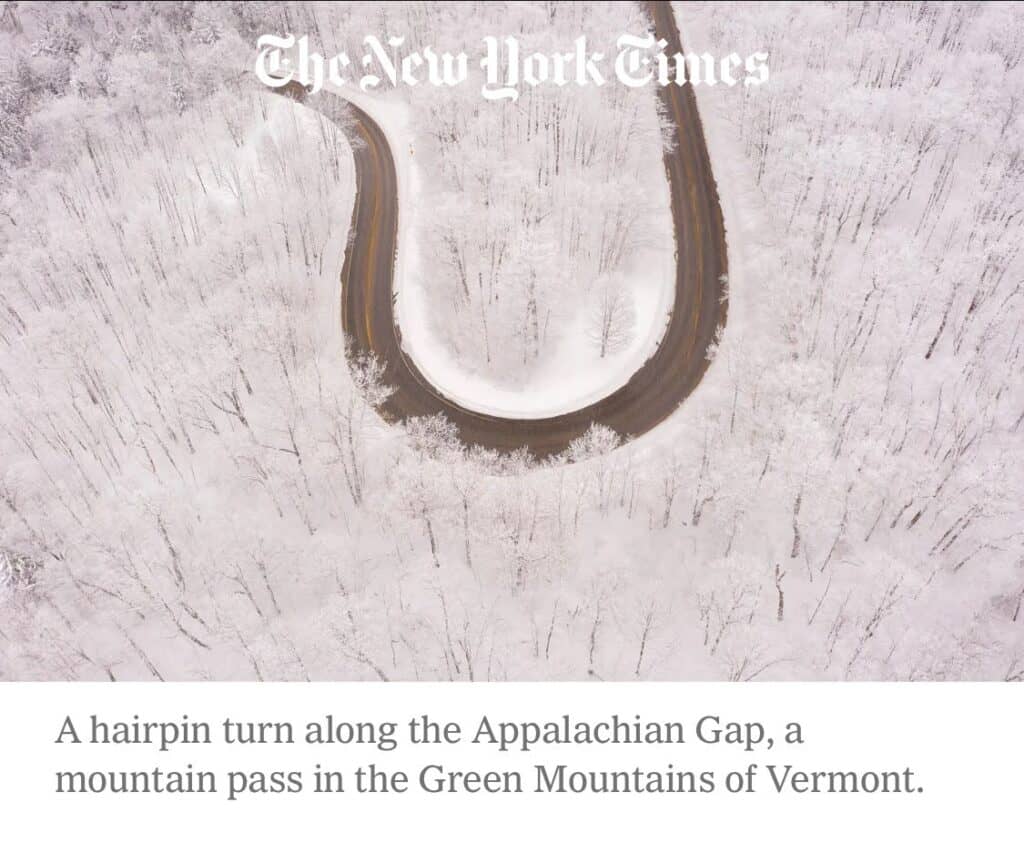
- “A Twist of the Hand” by Museum of Classical Archaeology: This online photo essay of James Epp’s installation invites viewers to appreciate the artist’s sculptures while blending shots of the museum spaces. Through close-up shots of the exhibition and other artifacts, this essay has inspired a lot of real-life attention to the museum.
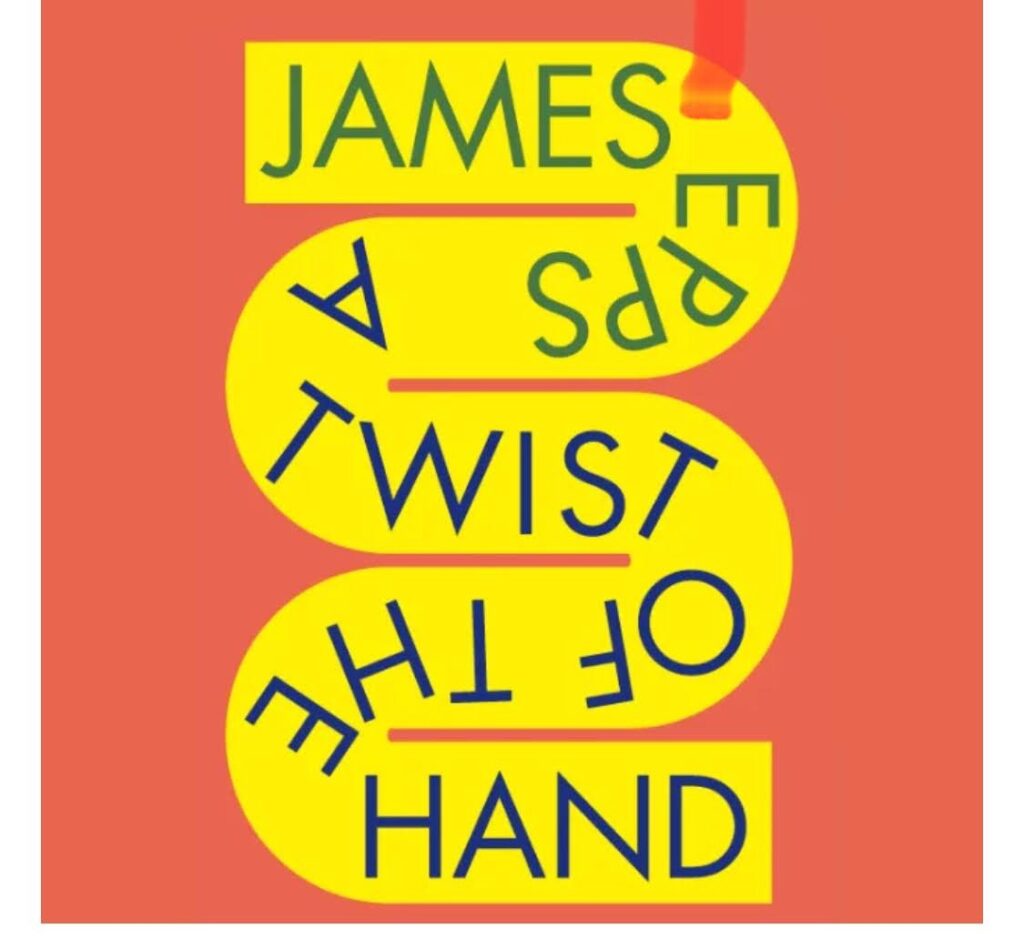
- “How The Water Shapes Us” by Nature Conservancy: This photo essay explores life and culture within the Mississippi River Basin and how water can significantly influence that area. It features several photographers who use their distinct visual style and vision
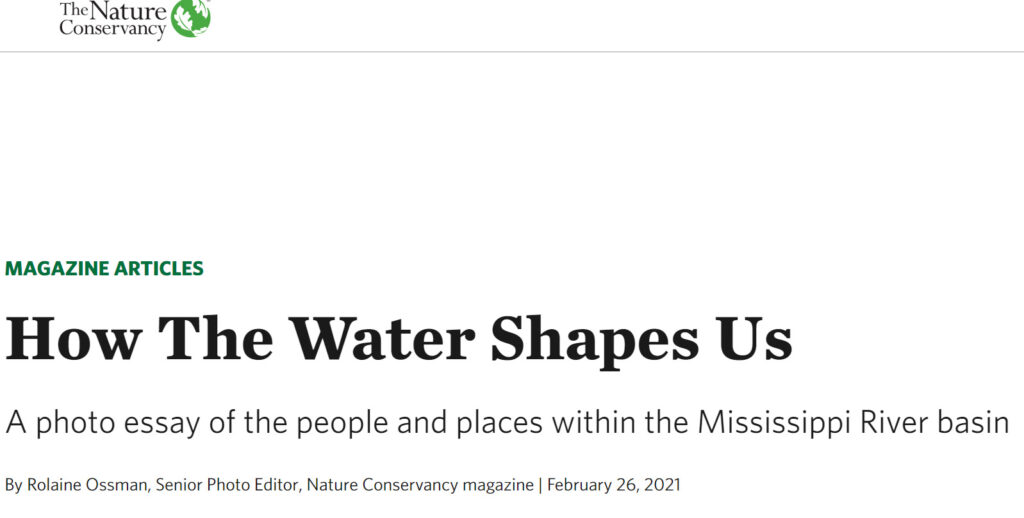
How AI Tools Can Support Your Photo Essay Process
When creating a photo essay, you must encourage your creative freedom and ensure you’re stretching yourself in the art form.
However, with the trend in AI tools, you can save time by enhancing your workflow to allow you to focus on creating the best visuals.
- AI SEO Writer: This tool can assist in generating captions, descriptions, introductions, or artist notes. It assists in adding more context to the images in the photo essay.

- AI Chat: The Undetectable AI chatbot is an excellent tool for your creative direction. You can brainstorm on story angles, structure and the hook for your photo essay.

- AI Stealth Writer: This humanizer helps rewrite AI content to appear human-generated. You can use this tool to improve your artist statement and stories.
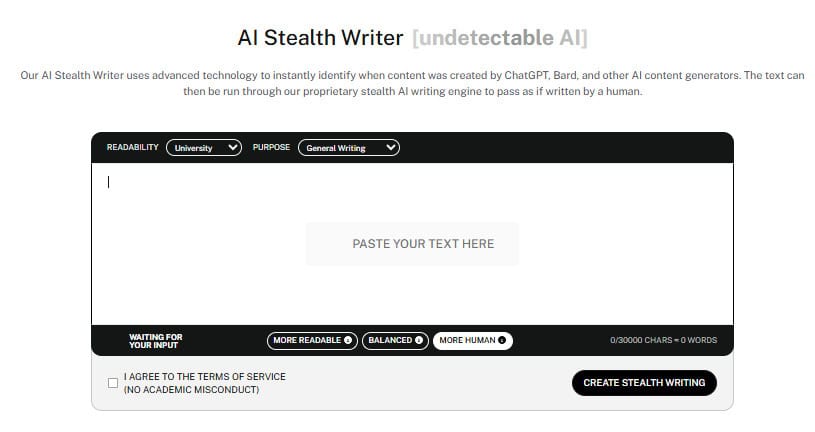
- AI Image Detector: When creating online photo essays, this tool can help detect the originality and authenticity of the images used. It is handy if you are submitting your work in contexts and exhibitions. With our Undetectable AI image detector, rest assured your images will be authentic.

Take a moment to explore our AI Detector and Humanizer in the widget below!
Conclusion
Now you understand that photo essays are not just about capturing moments but an opportunity to make impactful storytelling.
A strong theme, captivating visuals, and the right tools will allow you to bring your creative expression to life.
Our AI tools can help you simplify your voice and use your lens to share your story.
